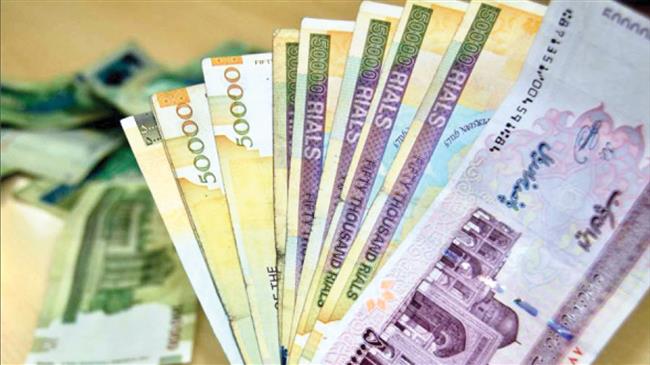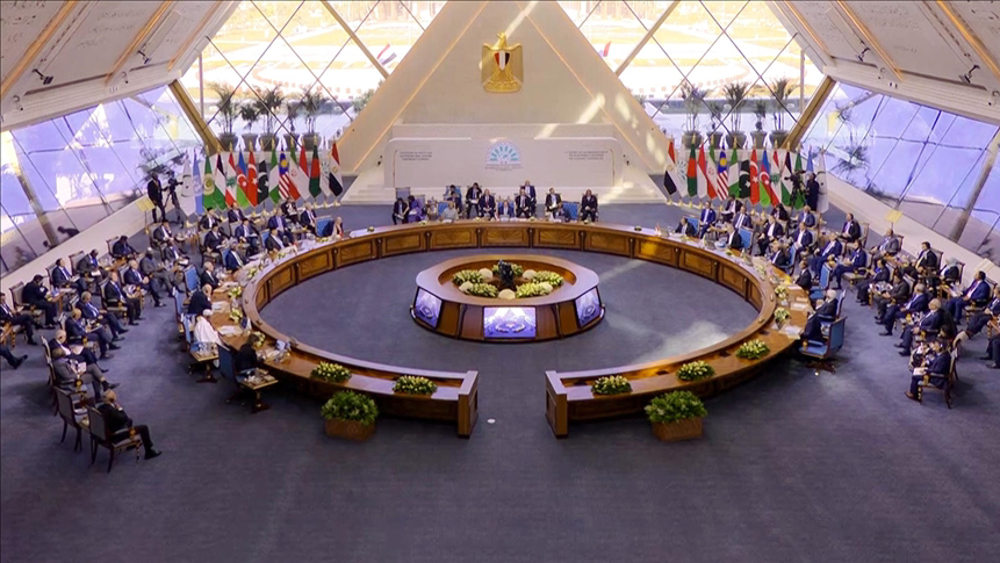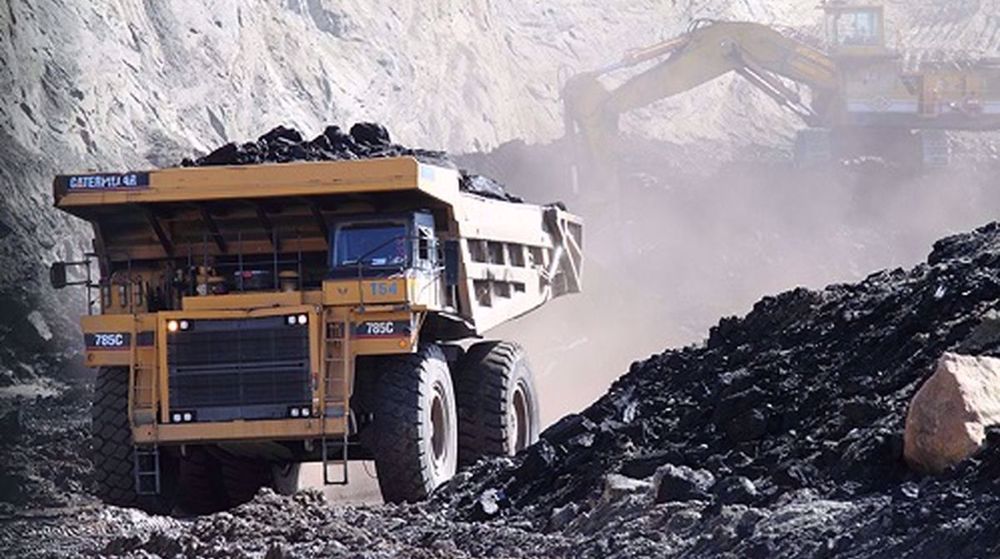Iran reports 36.2% surge in money supply as multiplier effect nears 8%
New monetary figures released by the Central Bank of Iran (CBI) shows the money supply multiplier, or the ratio of money held as reserves in banks to Iran’s monetary base, has increased year on year in late September to 7.9 percent, the highest ever seen in the Iranian economy.
A breakdown of figures provided by the semi-official Fars news agency on Saturday showed that Iran’s monetary base, which is the cash in circulation and deposits at the CBI, had reached 3,721.46 trillion rials (nearly $12 billion) on September 21.
The report said money supply (M2) had reached 29,439.87 trillion rials (nearly $95 billion), an increase of 36.2 percent year on and year and 17.1 percent higher than figures seen at the end of the last fiscal year on March 20.
The annual expansion of the monetary base was 26.1 percent, said the report, adding that the money multiplier effect, which shows how much the monetary base could create new money in the economy, had reached an all-time high.
Some economists have dismissed claims that increased effect of money multiplier should be a sign of concern for Iran as the country struggles with high levels of inflation both because of American sanctions and the economic impacts of the coronavirus pandemic.
They insist CBI’s monetary policy has helped various economic sectors to have an easier access to cash flow they need.
Earlier this month, CBI governor Abdolnasser Hemmati had defended efforts by the lender to curb a rising monetary base while dismissing reports that the bank had been funding imports of staples at an extremely low price and thereby causing an expansion in the country's monetary base.
‘All wars have rules. All of those rules have been broken’ by Israel
VIDEO | Report flags India’s violation of rights of Rohingya detainees
Turkey's foreign minister meets Syria's de facto leader in Damascus
'Next to impossible' to rescue patients from Gaza's Kamal Adwan Hospital: Director
VIDEO | Vietnam current prosperity
Report blames gasoil exports for shortage at Iranian power plants
VIDEO | Hind Rajab Foundation names Israeli war criminals vacationing after Gaza genocide
VIDEO | Australians rally for Gaza ahead of Christmas festivities











 This makes it easy to access the Press TV website
This makes it easy to access the Press TV website